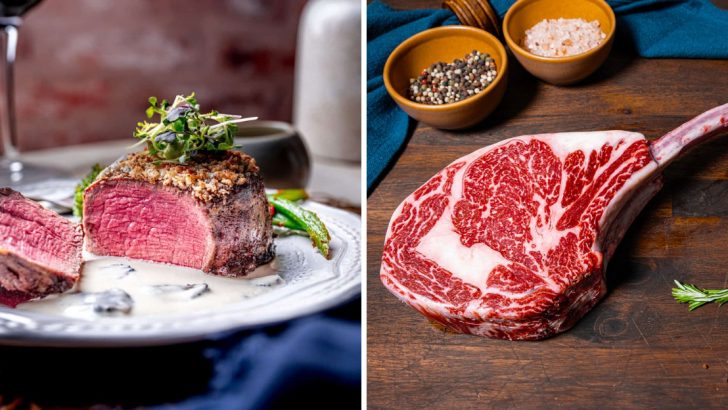A perfect steak isn’t just about heat and timing—it’s about understanding the character of each cut. A ribeye demands respect for its marbling, while a tenderloin calls for a gentler touch.
Over years in professional kitchens, I’ve learned exactly how to coax out the best flavor and texture from every slice of beef. Here’s how I prepare, cook, and serve a range of steaks so each one lands on the plate as its very best version.
1. Filet Mignon Plays Well With A Multitude Of Flavors
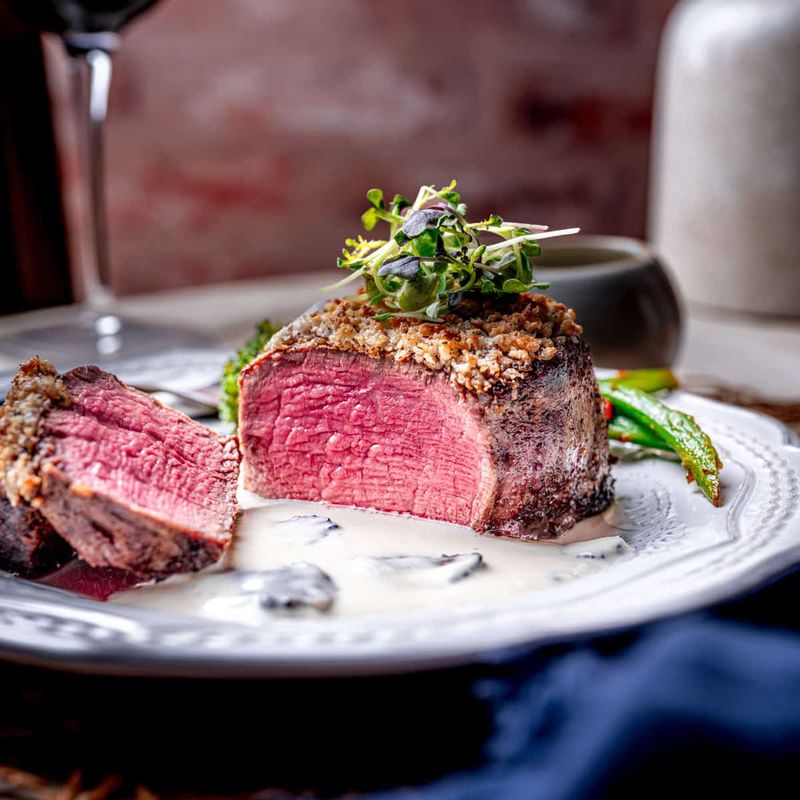
Holy moly, this butter-soft cut practically melts in your mouth without any help! I like to keep seasonings simple – just sea salt and fresh-cracked pepper let the meat’s natural flavor be the star.
For cooking, I sear this beauty in a screaming-hot cast iron for 2 minutes per side, then finish in a 400°F oven until medium-rare (about 6 minutes). The magic happens with toppings though. Try a dollop of herb butter, a spoonful of blue cheese, or my personal favorite – a red wine and mushroom reduction.
2. The T-bone Is Two Cuts In One
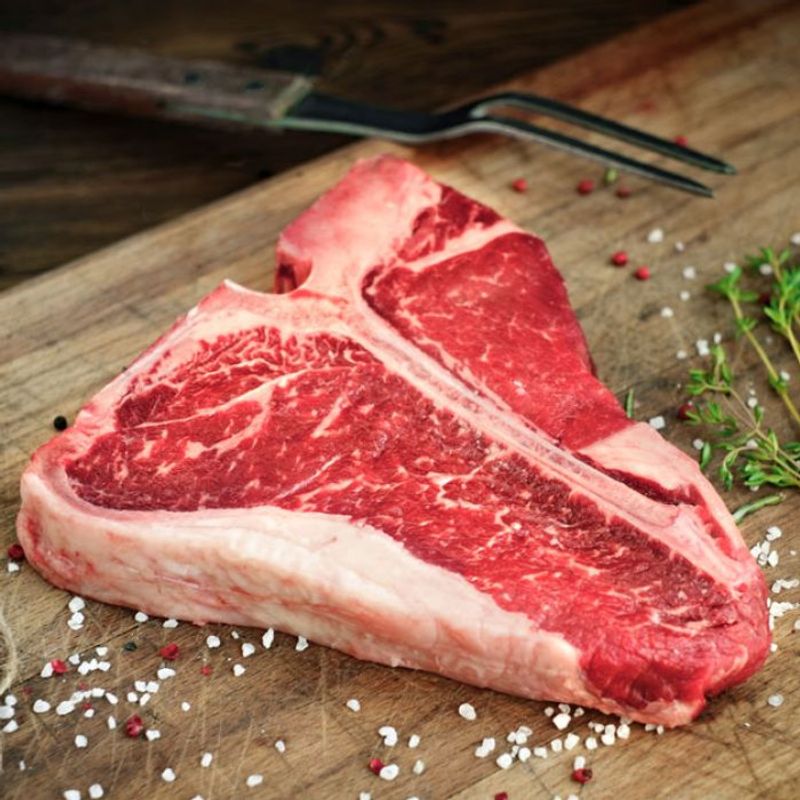
Talk about getting the best of both worlds! One side of that iconic T-shaped bone cradles tender filet, while the other holds robust strip steak. This bad boy demands respect and a little extra attention in the kitchen.
My foolproof method? Reverse searing. I slow-roast at 275°F until the internal temp hits 115°F, then rest it for 10 minutes. Finally, I blister both sides in a ripping-hot skillet with garlic and rosemary. The strip side cooks slightly faster than the filet, so position the T-bone with the filet farther from your heat source.
3. The Tomahawk Can Take Longer To Cook, But It’s Worth It
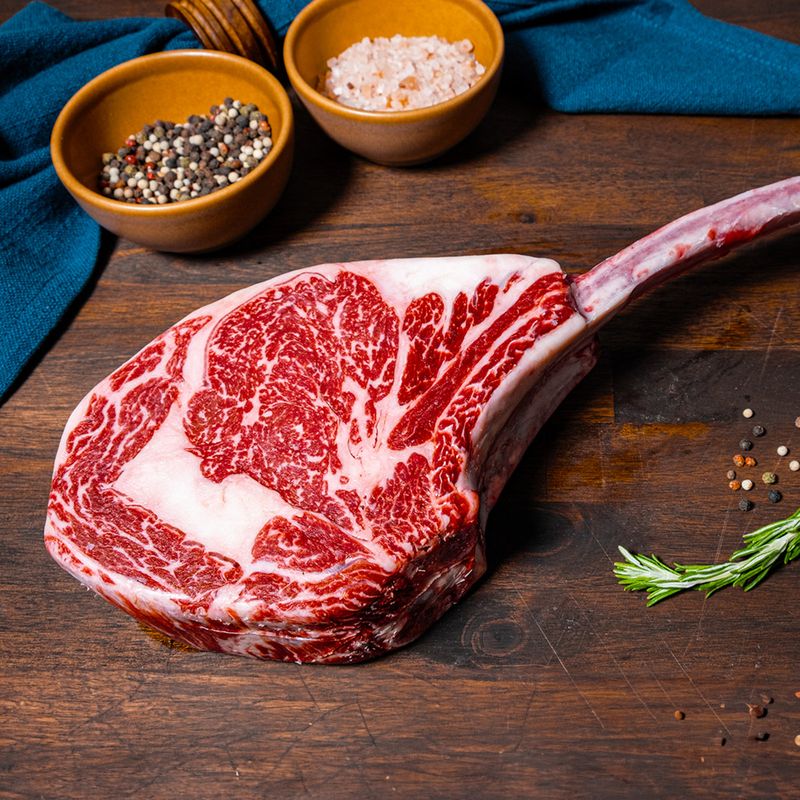
Forget subtlety – the tomahawk is pure caveman-style showmanship with that long rib bone handle! This massive ribeye deserves dramatic treatment. I start by dry brining overnight: coating liberally with kosher salt and leaving uncovered in the fridge to develop incredible flavor.
For cooking this beast, I swear by the two-zone fire method. Indirect heat at first (about 20 minutes), then a final sear over blazing coals. The massive size means patience is key – rushing leads to the dreaded gray band of overcooked meat around the edges.
4. Flank Steak Is Perfect For Marinating
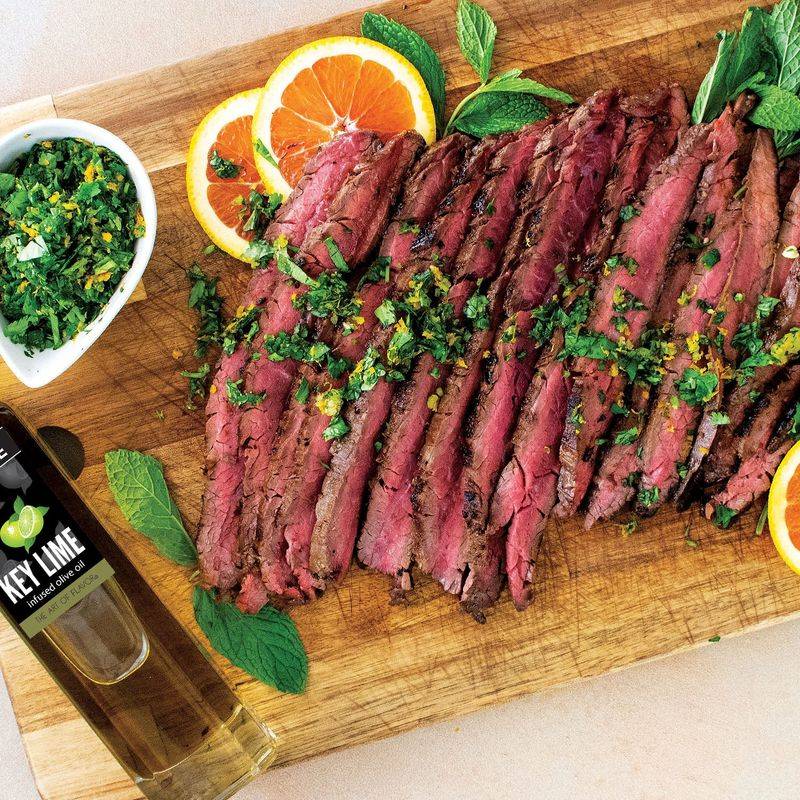
Budget-friendly but bursting with flavor, flank steak might be the most underrated cut in the butcher case! This flat, striated beauty soaks up marinades like a sponge. My go-to soak combines soy sauce, lime juice, honey, garlic, and a splash of bourbon (trust me on this one).
Give it at least 4 hours – overnight is even better – to absorb all those flavors. When it’s time to cook, pat it dry (wet meat won’t brown properly) and grill over scorching heat for just 4 minutes per side. The cardinal rule: slice AGAINST the grain or you’ll end up with tough, chewy meat.
5. Grill And Slice The Tri-Tip Sirloin Steak Against The Grain
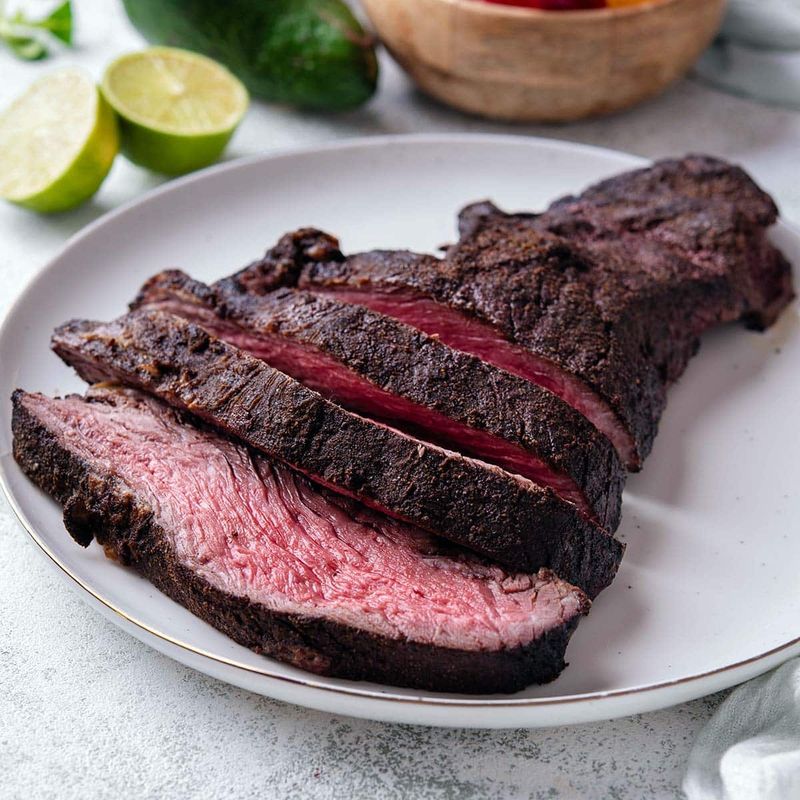
California barbecue’s unsung hero! This triangular wonder packs intense beefy flavor at half the price of fancy cuts. Unlike most steaks, tri-tip’s grain changes direction midway through the cut – making proper slicing a bit of a puzzle.
I season mine with a coffee-based rub (sounds weird, tastes amazing) and smoke at 225°F until it hits 125°F internally. Then I crank the heat for a final sear. Find where the grain changes direction (usually making a “V” pattern), then slice thin, perpendicular to those muscle fibers.
6. The Flat Iron Is Very Versatile
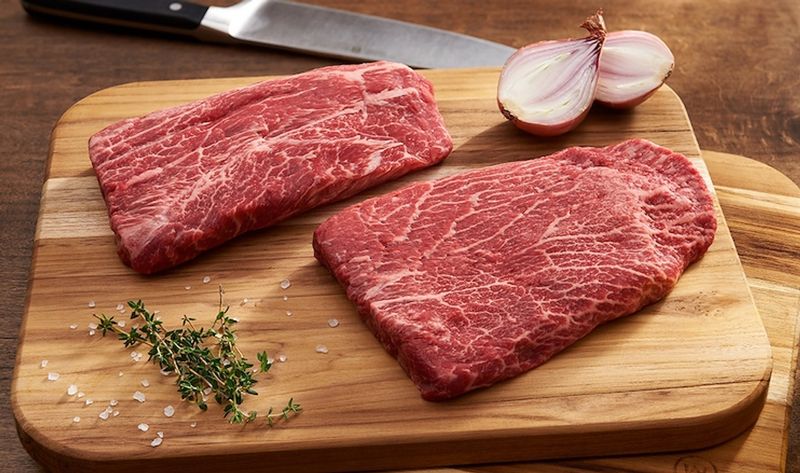
Butchers used to keep this gem for themselves! Cut from the shoulder, flat iron boasts marbling that rivals ribeye but costs way less. The rectangular shape makes it perfect for feeding a crowd with consistent doneness throughout.
I’m obsessed with treating flat iron like they do in Korean BBQ – thinly sliced and quickly seared with gochujang paste, honey, and sesame oil. The high heat caramelizes the marinade, creating an irresistible sweet-spicy crust. For an easy weeknight dinner, I slice it into strips for stir-fry or fajitas. Either way, this underdog cut will blow your mind!

